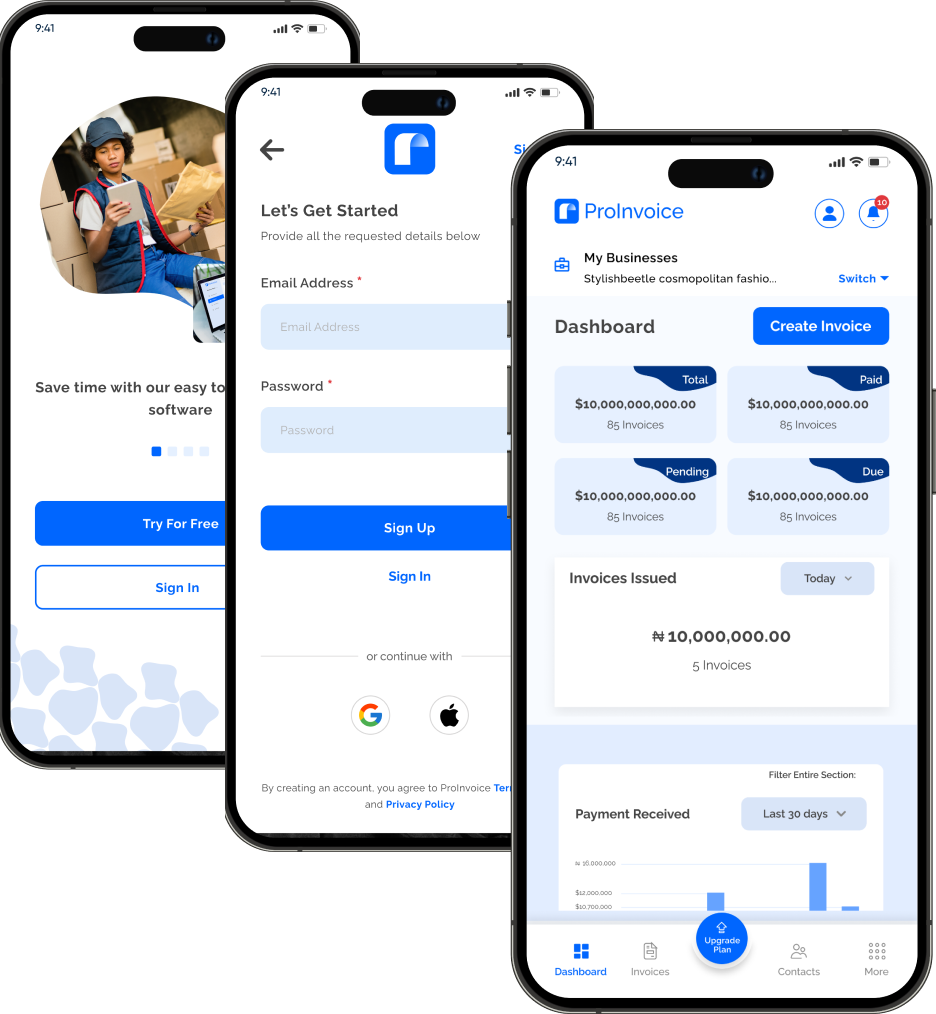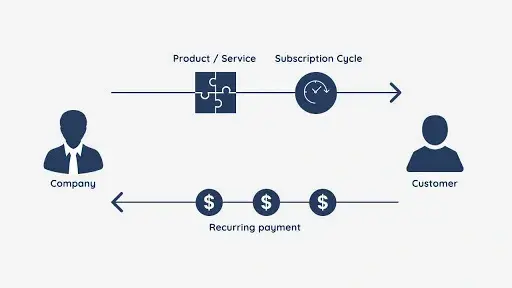Creating a small business budget is not just a financial formality; it’s your road map to success. It’s a tool that empowers you to make informed decisions, allocate resources efficiently, and achieve financial stability.
As you strive to put systems in place to ensure your business runs smoothly like a great invoicing process or logistics system for managing delivery etc, it is also essential that you have a budget in place to help guide your spend.
In this comprehensive guide, we’ll explore the art of crafting a small business budget, step by step, offering practical insights to help your business thrive.
By the end of this article, you’ll be well-equipped to manage your finances and steer your small business towards growth.
The Importance of a Small Business Budget
A small business budget is your financial GPS, guiding you toward your goals. It helps you plan for the future, allocate resources efficiently, and navigate challenges. With a well-crafted budget, you can make informed decisions and ensure the financial health of your business.
Easy steps for creating A Small Business Budget
1. Gather Financial Data:
Start by gathering financial data from various sources. Collect information on your past revenue, expenses, and any outstanding debts. This historical data provides a foundation for your budget.
2. Set Clear Financial Goals:
Before diving into the numbers, set clear financial goals for your business.
Determine what you want to achieve, whether it’s increasing revenue, reducing costs, or achieving a specific profit margin. Your goals will guide your budget.
Let’s delve into this critical stage, backed by real-world examples that demonstrate the importance of setting and achieving these goals.
- Example 1: Revenue Growth: Consider running an e-commerce store with last year’s revenue standing at $200,000. Now, picture a well-defined financial goal – a 20% increase in revenue for the upcoming fiscal year. This transforms into a clear target of $240,000 in the next year, providing a tangible and motivating objective for your budget.
- Example 2: Debt Reduction: For businesses with outstanding debts, reducing or eliminating them is a substantial goal. If your business bears a $50,000 loan, setting a target to pay down $10,000 within a year sharpens your budget’s focus on debt reduction.
3. Create a Revenue Projection:
Begin with your revenue projection. Estimate your expected income based on historical data, market research, and any new sales strategies.
Be realistic and conservative in your estimates to avoid overestimating.
4. Outline Your Expenses:
Identify all your business expenses, both fixed (e.g., rent, utilities) and variable (e.g., supplies, marketing).
List them meticulously, leaving no cost unaccounted for. This step ensures you don’t overlook any potential financial drains.
5. Monitor and Control Costs:
An essential part of budgeting is cost control. Scrutinize your expenses and identify areas where you can cut costs without compromising the quality of your products or services.
Even small adjustments can lead to significant savings over time.
6. Account for Seasonal Fluctuations:
If your business experiences seasonal fluctuations, make sure your budget accounts for these variations.
Plan for slower months and allocate resources accordingly to avoid financial strain during low seasons.
7. Build in a Contingency Fund:
Unforeseen expenses can arise at any time. To safeguard your financial stability, include a contingency fund in your budget. This reserve can cover unexpected costs and prevent financial crises.
Unforeseen expenses are a part of the business landscape. It could be unexpected repairs, sudden market shifts, or emergencies.
Without a contingency fund, such surprises can disrupt your business’s financial stability and growth. It’s the safety cushion that prevents these unforeseen situations from becoming financial crises.
Imagine you run a small graphic design studio. Your monthly operating expenses, including rent, salaries, software licenses, and utilities, amount to $10,000.
To build a contingency fund, you decide to allocate 10% of this amount each month, which is $1,000, to the fund.
Over a year, your contingency fund would grow to $12,000 ($1,000 per month x 12 months). This fund is your financial safety net.
If, for instance, your computer system crashes and needs immediate replacement, you can dip into the contingency fund rather than disrupting your cash flow or taking on debt.
Having this contingency fund in place provides peace of mind. It safeguards your business against unexpected financial shocks and allows you to maintain financial stability, even in challenging times.
Remember, the size of your contingency fund should be based on your business’s specific needs and risk factors.
It’s not only a financial buffer but also an insurance policy that ensures your budget flows smoothly, even when unexpected financial challenges come your way.
8. Review and Adjust Regularly:
A budget is not a static document. It requires regular review and adjustment.
Compare your actual financial performance to your budget and make necessary changes to stay on track. This dynamic approach helps you adapt to changing circumstances.
Conclusion:
Creating a small business budget is the cornerstone of financial stability and success. It’s not a one-time task but an ongoing process that enables you to take control of your business’s financial health.
By following the steps outlined in this guide, you can master the art of budgeting, set clear financial goals, and make informed decisions that lead your small business to thrive.
Remember, a well-crafted budget is your key to financial stability and prosperity.












